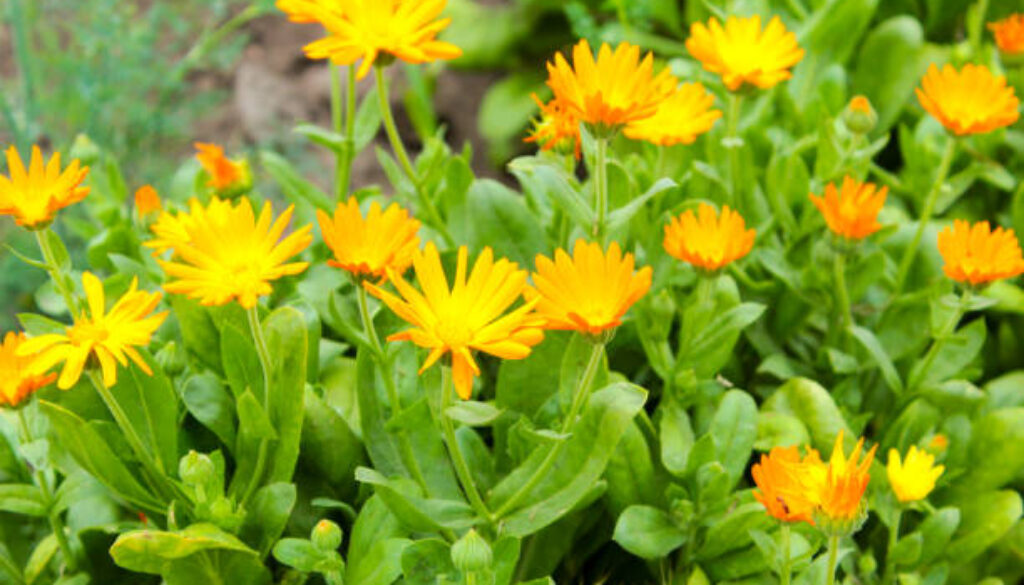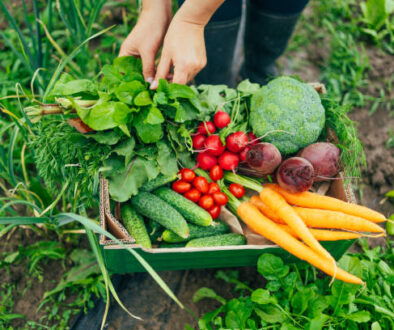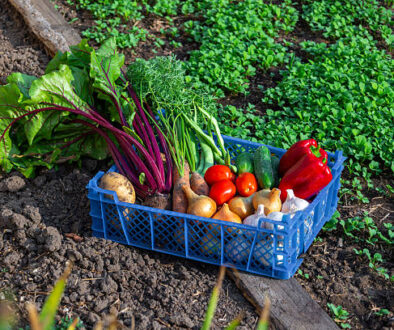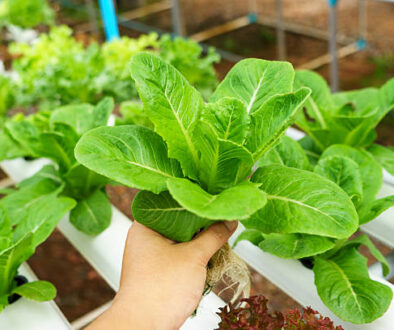7 Medicinal Wild Plants That Have Been Used for Centuries
This post may contain paid and/or affiliate links. I may earn a small commission at no extra cost to you.
Medicinal wild plants have been part of traditional healing for centuries.
Long before modern medicine, people relied on these natural remedies for common ailments, and many are still relevant today.
Growing or foraging these plants in your garden or nearby green spaces allows you to connect with nature and benefit from their time-tested healing properties.
Here are 7 medicinal wild plants with centuries of use.
1. Yarrow – Wound and Circulation Aid
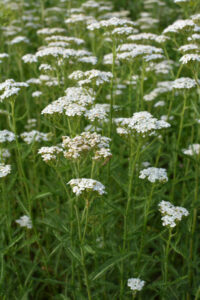
Yarrow has been used for centuries to stop bleeding and support wound healing. Its anti-inflammatory properties also help with digestive issues and fevers. Yarrow grows easily in sunny spots and is a beautiful addition to any healing herb garden.
Tip: Harvest leaves and flowers before full bloom for maximum potency.
Related:
- The Most Important Plants That Are Probably Missing From Your Backyard (Medicinal Plants)
- How to Create a Complete Natural Pharmacy in Your Backyard
- Herbal Medicine Garden Care Tips for Healthy, Potent Healing Plants
2. Plantain – Skin Soother and Anti-Inflammatory
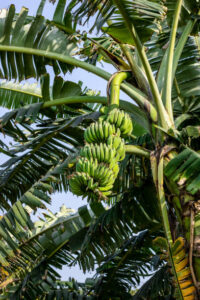
Plantain is a common wild plant that soothes cuts, insect bites, and skin irritations. It has anti-inflammatory and antibacterial properties, making it a natural first aid staple.
Tip: Crush fresh leaves and apply directly to the affected area for quick relief.
3. Dandelion – Liver and Digestive Support

Often dismissed as a weed, dandelion is a nutritional powerhouse. Its leaves support liver health, and the roots can be used in teas or tinctures to aid digestion and detoxification.
Tip: Pick young leaves in early spring for the best flavor and potency.
4. Nettles – Nutrient-Rich and Immune Support
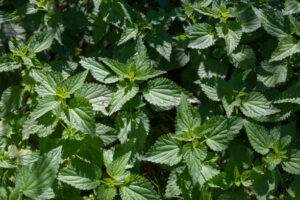
Nettles have been used for centuries to reduce inflammation and support the immune system. They are packed with vitamins and minerals and can be consumed as teas, soups, or tinctures.
Tip: Wear gloves when harvesting to avoid stings, and blanch leaves before use.
5. Red Clover – Respiratory and Detox Support
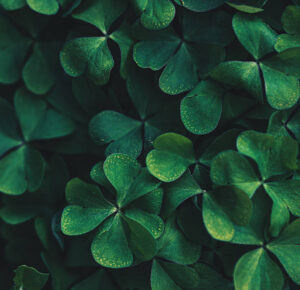
Red clover flowers have traditionally been used to improve respiratory health and support detoxification. They are gentle, effective, and can be added to teas or infusions.
Tip: Harvest flowers when fully open and dry them for long-term use.
6. Elderberry – Cold and Flu Fighter
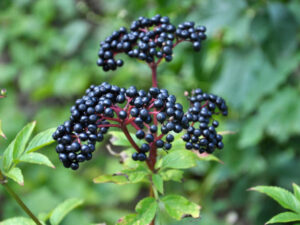
Elderberry has a long history of use for colds, flu, and immune support. The berries and flowers can be made into syrups, teas, or tinctures.
Tip: Only harvest ripe berries and avoid consuming raw berries, as they can be toxic.
7. Chamomile – Calming and Digestive Aid
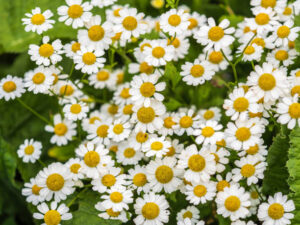
Chamomile has been valued for centuries for its soothing effects on the mind and digestive system. Its flowers make gentle teas that help with relaxation, sleep, and minor stomach discomfort.
Tip: Harvest flowers when fully open for tea, salves, or infused oils.
Tips for Foraging and Growing Wild Medicinal Plants
- Identify correctly: Proper identification is crucial to avoid toxic plants.
- Harvest responsibly: Leave enough for the plant to continue growing.
- Choose safe areas: Avoid roadsides, chemically treated lawns, or polluted sites.
- Dry or preserve properly: Many herbs can be dried for teas, tinctures, or salves.
- Start small: Introduce a few plants to your garden or backyard first.
Conclusion
These seven medicinal wild plants — yarrow, plantain, dandelion, nettles, red clover, elderberry, and chamomile — have been trusted for centuries for their healing properties.
Whether you grow them in your backyard or forage them responsibly, they can become a natural, accessible part of your wellness routine.
Start incorporating these plants into your garden or daily remedies and experience the power of centuries-old healing traditions.
FAQs
Q1: Can these plants be grown in a backyard garden?
Yes. Many wild medicinal plants adapt well to garden conditions and complement cultivated herbs.
Q2: Are these plants safe for everyday use?
Generally, yes. Always check for individual herb safety, especially if pregnant, nursing, or taking medication.
Q3: How can I preserve these plants for later use?
Dry flowers, leaves, and stems for teas, or make tinctures and salves for a longer shelf life.
Q4: Can beginners safely forage wild plants?
Yes, with proper research and identification. Start with easy-to-identify plants like dandelion, chamomile, and plantain.
